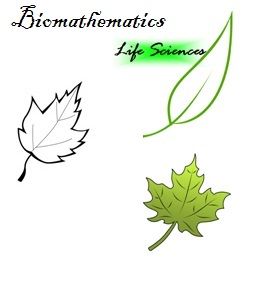See the event.
Aim and objectives
This project aim at producing a prototype course for biomathematics, borrowing from what already exist the good points, and incorporating new insights; biomathematics is an ever-increasing research area. The course will be designed and developed in contact with the potential public, using the feedback to change the course content; likely by internet and then by classroom-like courses. We intend to "crash" (summarize, systematize) in a single course the commonplace, cornerstones, from several areas of biomathematics, e.g. systems biology, mathematical biology, bioengineering, in a single picture. We shall make use of already-existing literatures, in order to render it easier for participates to go on, which is the target of the course, give an initial-easy impulse to several groups interested in biomathematics. We shall produce videos initially, make them available by internet, and see the response. Should you get interested, do not hesitate to give feedback at any stage.
Encontro nacional sobre modelagem da covid
Thursday, October 25, 2018
Data Science and Biomathematics: an introduction to mathematical modeling applied to biological systems with Matlab
See the event.
